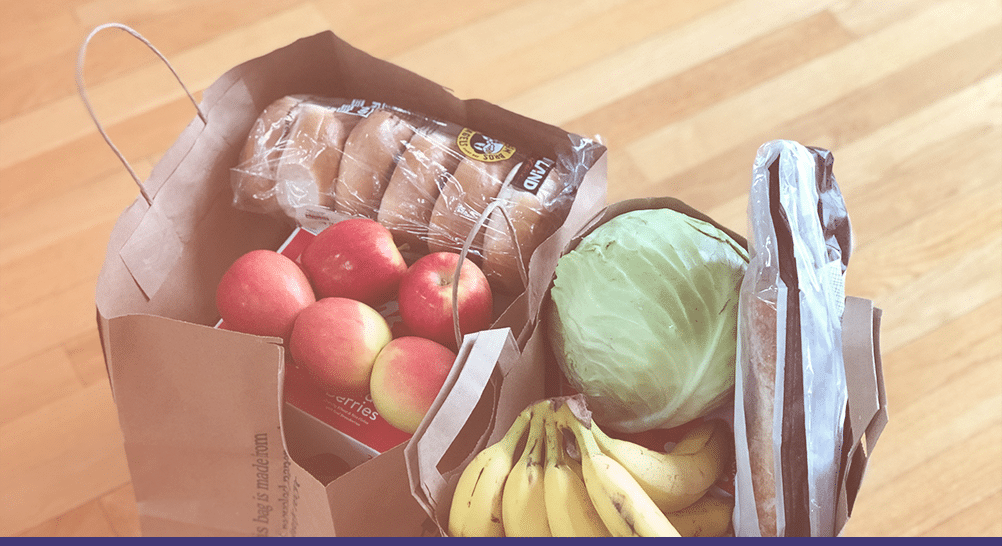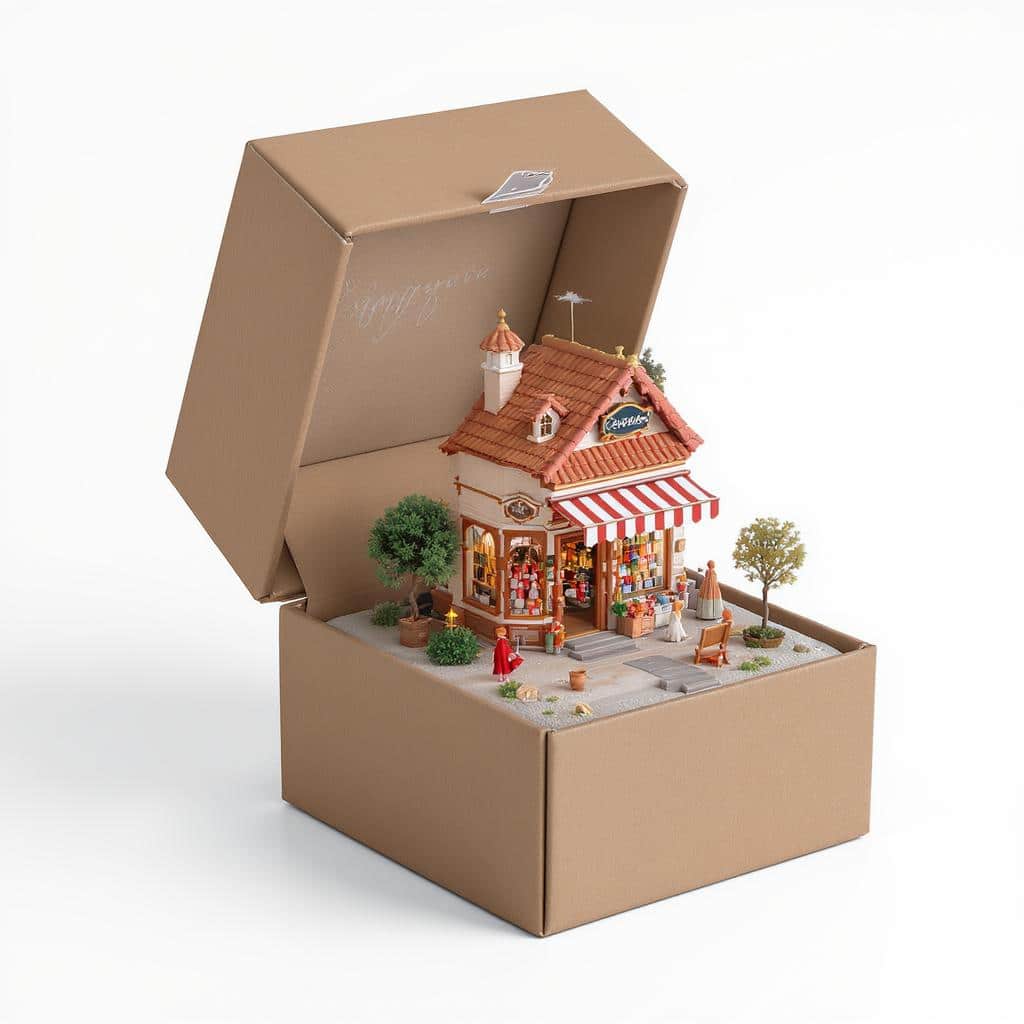When the megastore took over the neighborhood grocer, many believed the monoliths would remain the new normal. Prior to that, in the early 20th century, small, independently-owned grocery stores had been the norm. These stores typically carried a limited selection of products and catered to the immediate community’s needs. Store owners often had close relationships with their customers, providing personalized service and knowing their preferences.
The 1960s and 1970s saw the emergence of larger retail formats, including supermarkets and hypermarkets. These superstores offered a wider variety of products including groceries, clothing, electronics, and more–positioning themselves as a one-stop shopping center. Superstores leveraged economies of scale to offer lower prices, attracting customers with the promise of one-stop shopping convenience.
Large players like Walmart and Costco became dominant players, expanding their reach across regions and even countries, and the adoption of technology such as barcode scanners and inventory management systems improved supply chain efficiency, feeding these stores with a vast swath of inventory.
But the pandemic and inflation happening in conjunction with the rise of e-commerce has drastically reshaped buyer behavior. Remote work is causing a significant urban exodus. Those left in the city are often looking for niche urban experiences and corner shops to avoid the hastle of superstore city shopping and parking. And those in suburban areas also are looking for more localized exeriences that support community. Retailers are finding the shift back to small-format stores is working in many locations, reducing overhead costs and allowing for more personalized experiences. Here are some of the factors impacting a return to small-format grocery:
- Community-Centered Retail
Small-format stores are often community-centered and can create a sense of connection among local residents. As urban exodus populations settle into new neighborhoods, small grocery stores can become hubs for residents to meet, shop, and interact. - Convenience and Accessibility
In suburban and rural areas, residents might not have easy access to large grocery stores due to longer travel times. Small-format grocery stores provide a convenient shopping option, especially for quick trips or for purchasing essentials without the need for extensive travel. - Local and Fresh Products
Many people moving away from urban areas prioritize access to local and fresh products. Small-format stores are often well-positioned to source locally and offer a selection of fresh, seasonal, and artisanal items that resonate with consumers seeking a more rural or suburban lifestyle. - Niche Markets
Smaller communities may have unique preferences or dietary requirements that larger supermarkets do not cater to. Small-format stores can specialize in niche products and cater to these specific needs. - Reduced Overhead
Operating a small-format grocery store in suburban or rural areas may come with lower overhead costs compared to large supermarkets, making them financially viable options for independent or local businesses. - Environmental Considerations
Some people who move away from urban areas do so with environmental concerns in mind. Smaller stores often have a smaller environmental footprint in terms of energy consumption and waste generation.
The one-stop shop format is still a successful model and is not going anywhere anytime soon. However, many retailers are starting to scale back and open smaller versions of their megastores to meet the ever-changing needs of consumers.
Curious to know how in-store testing can support you no matter the size and format of your stores? Check out this resources:
What is test and learn?
Test and learn examples of retail success
A test and learn mindset: discover, adapt, and succeed




